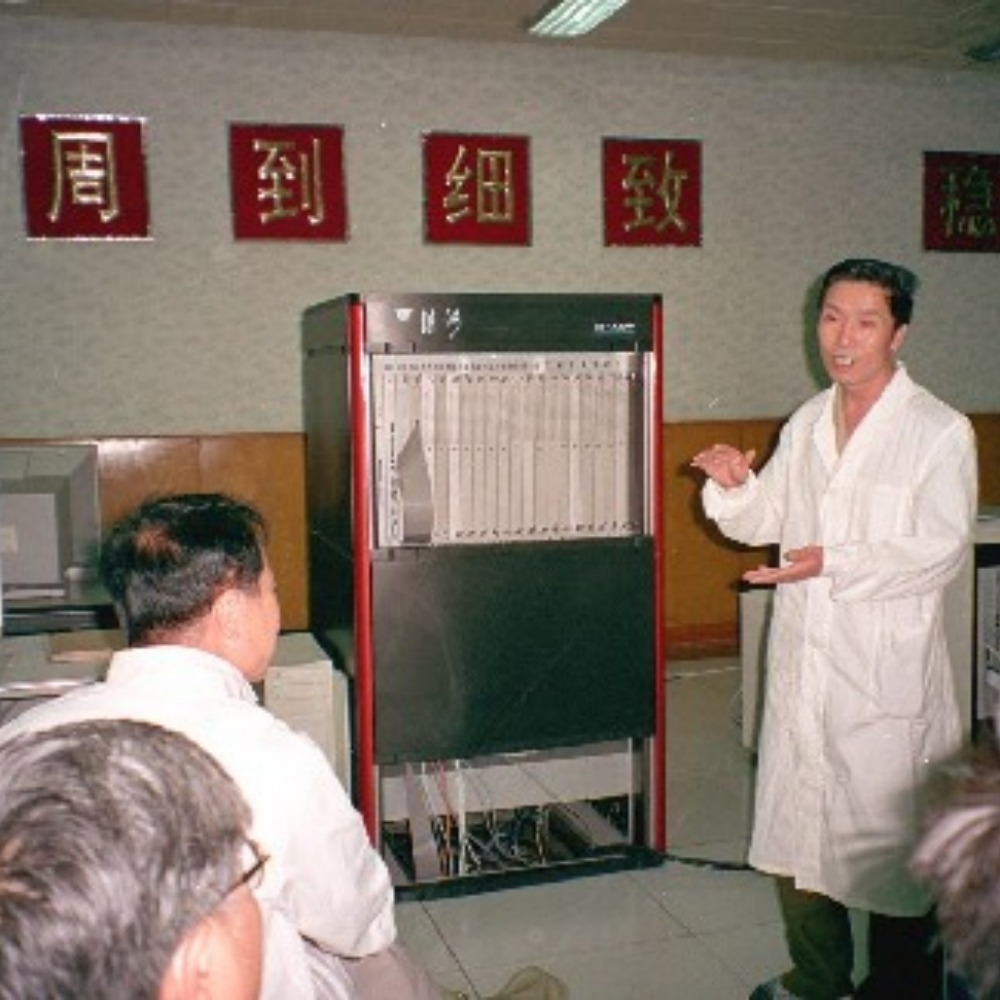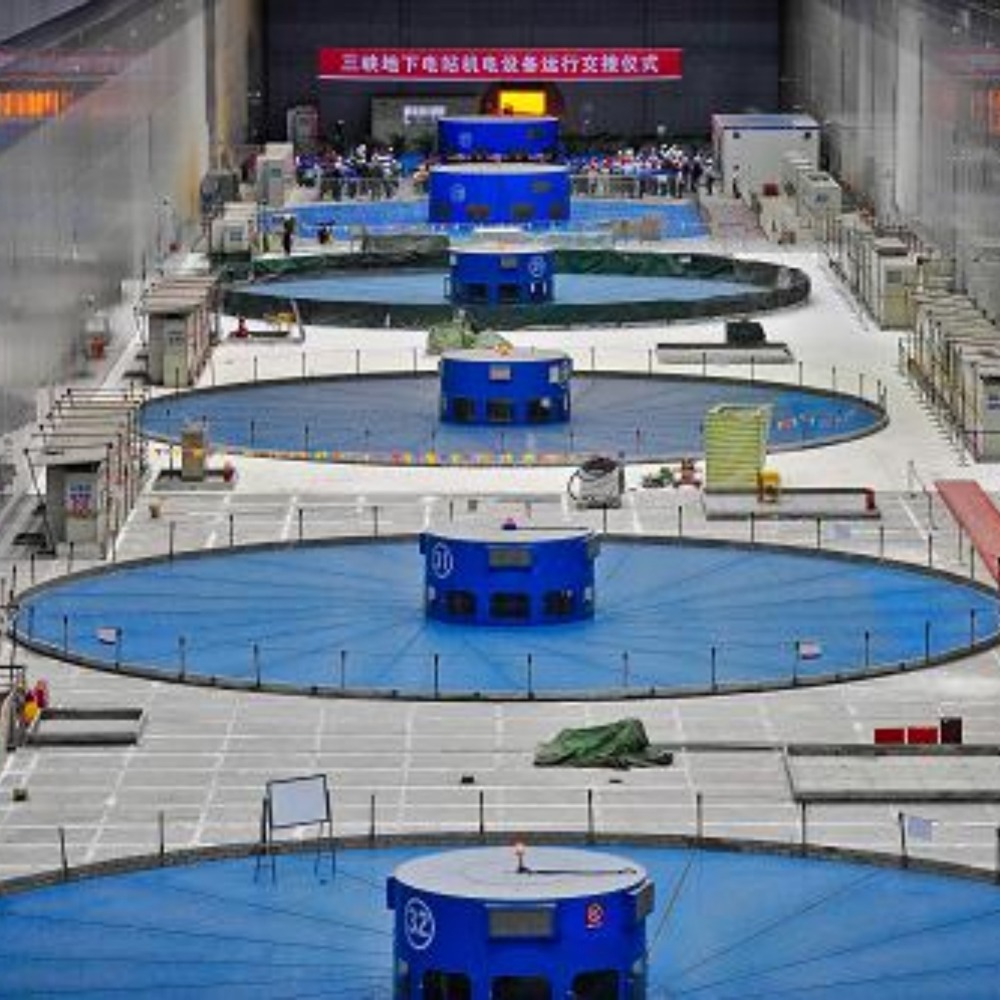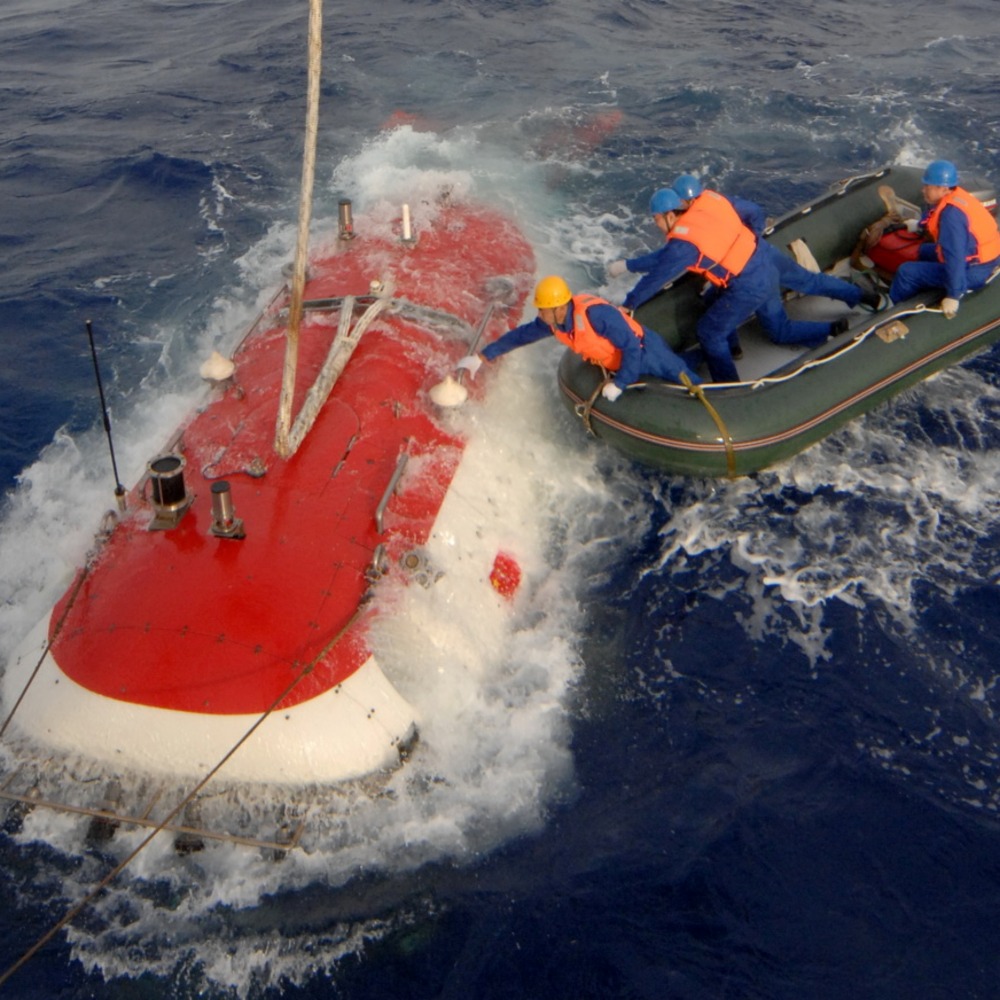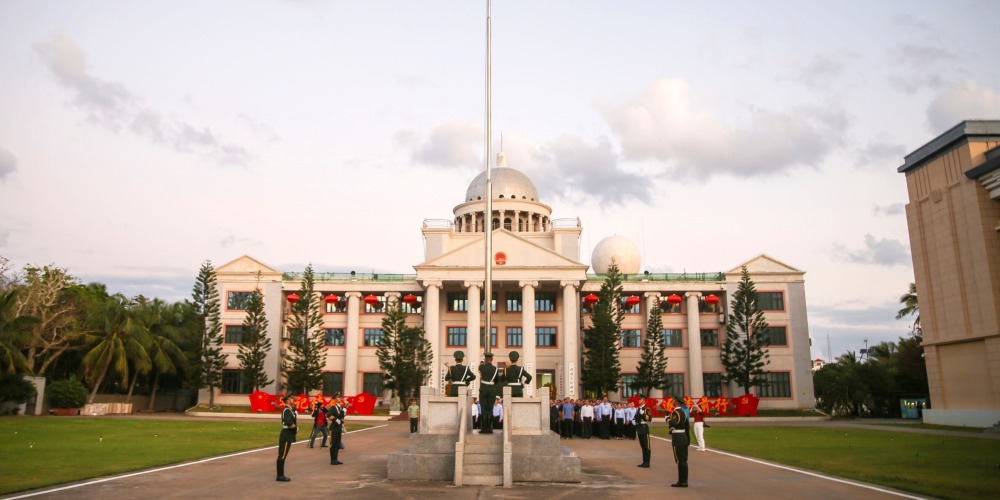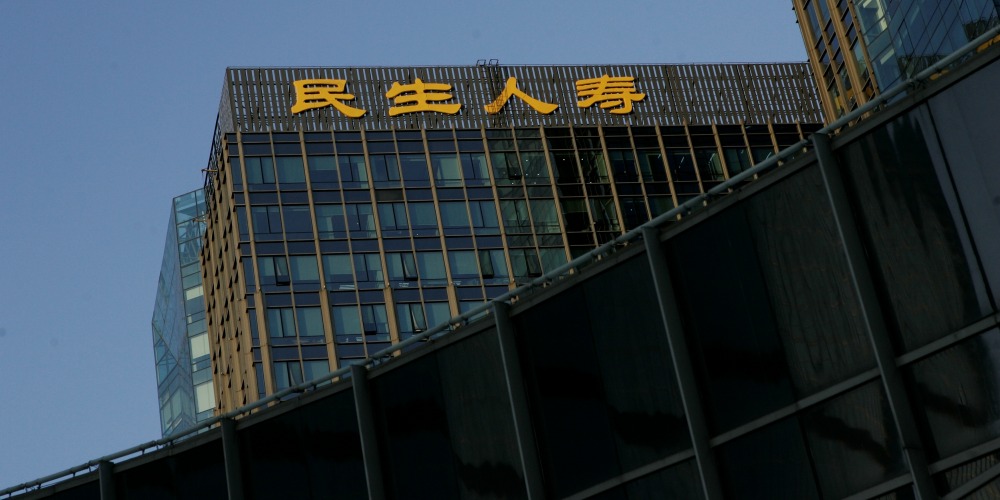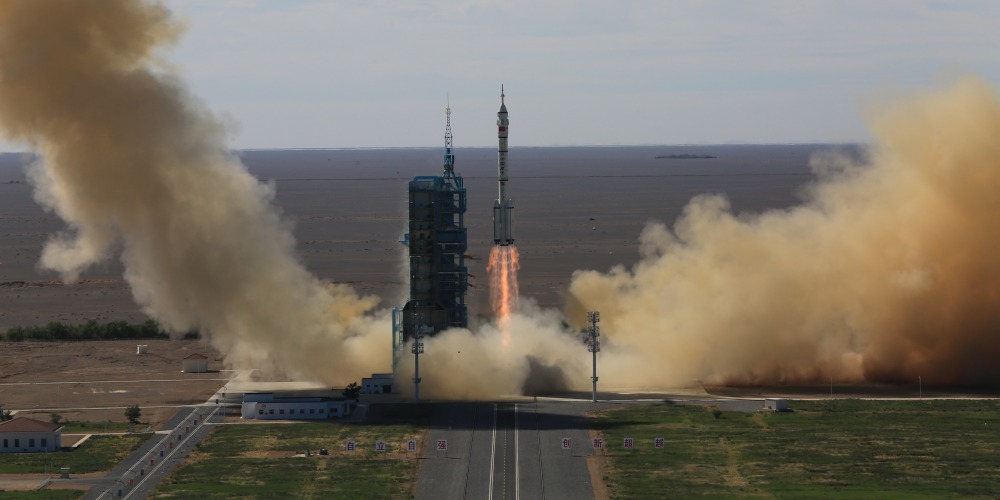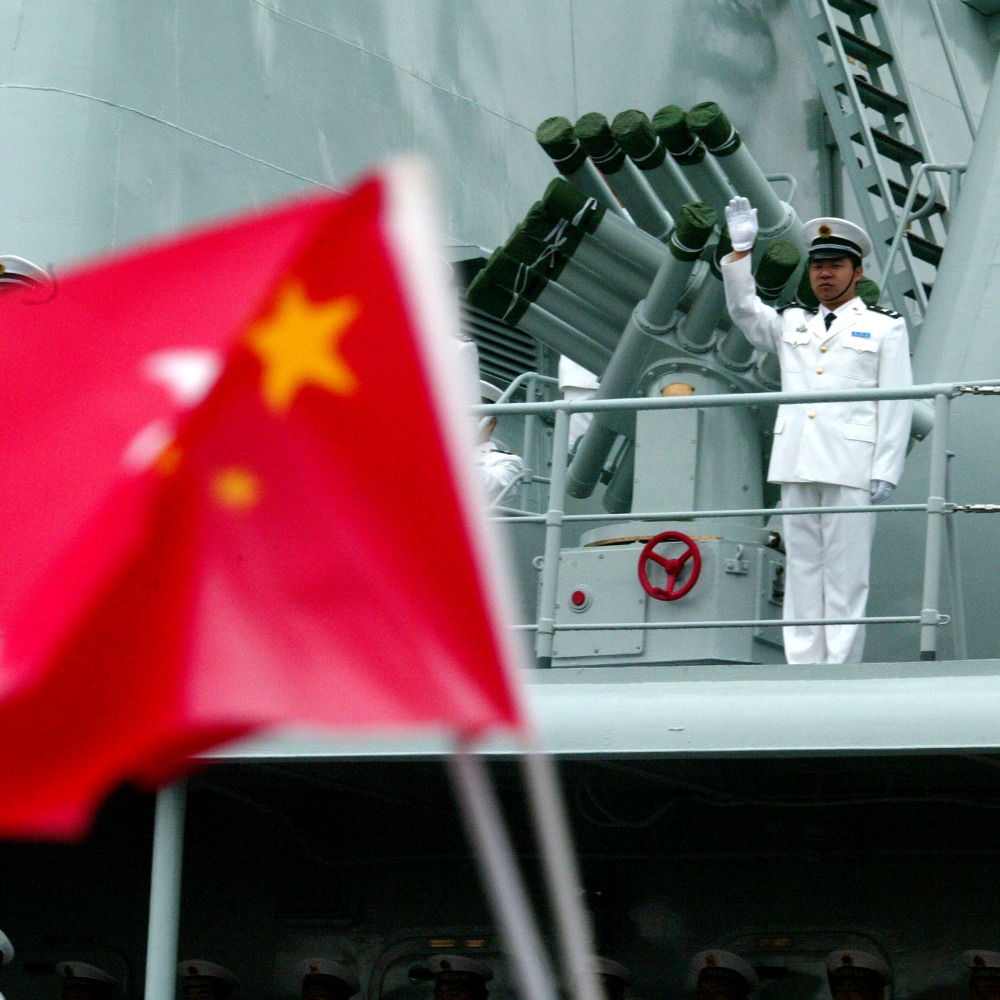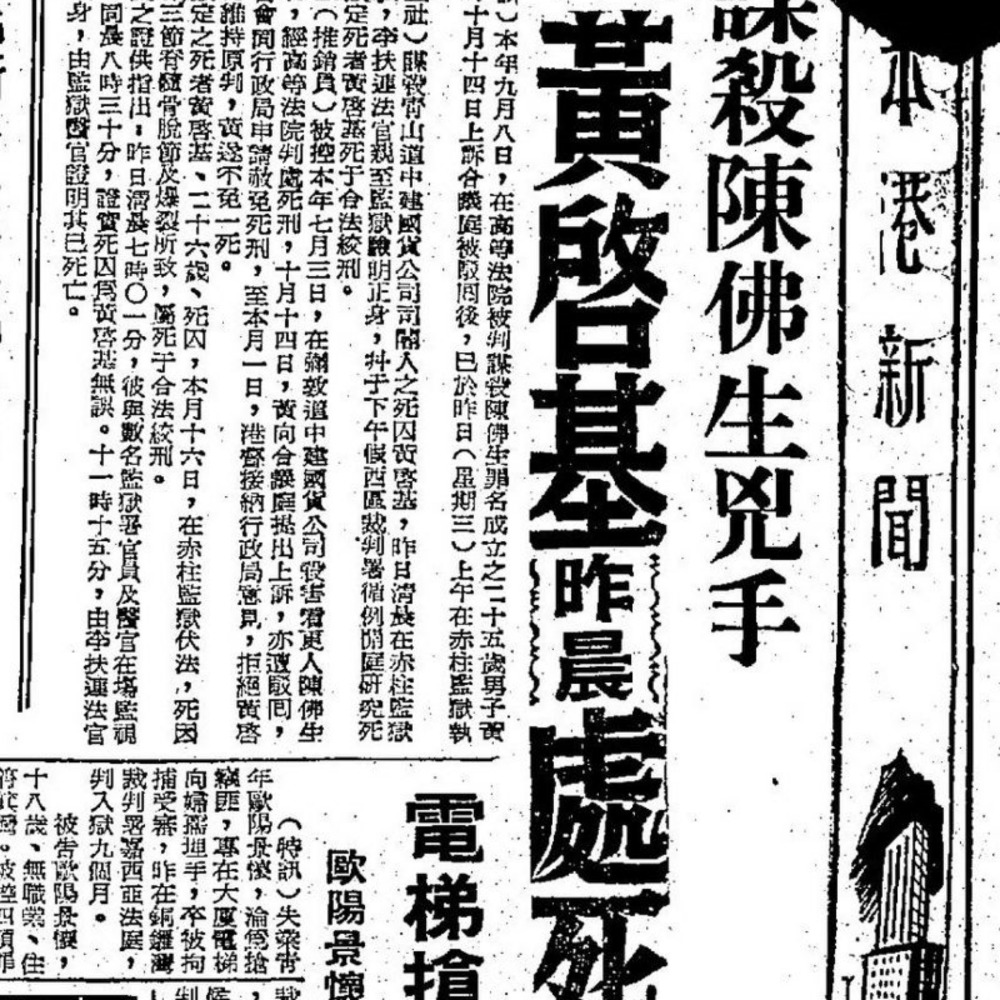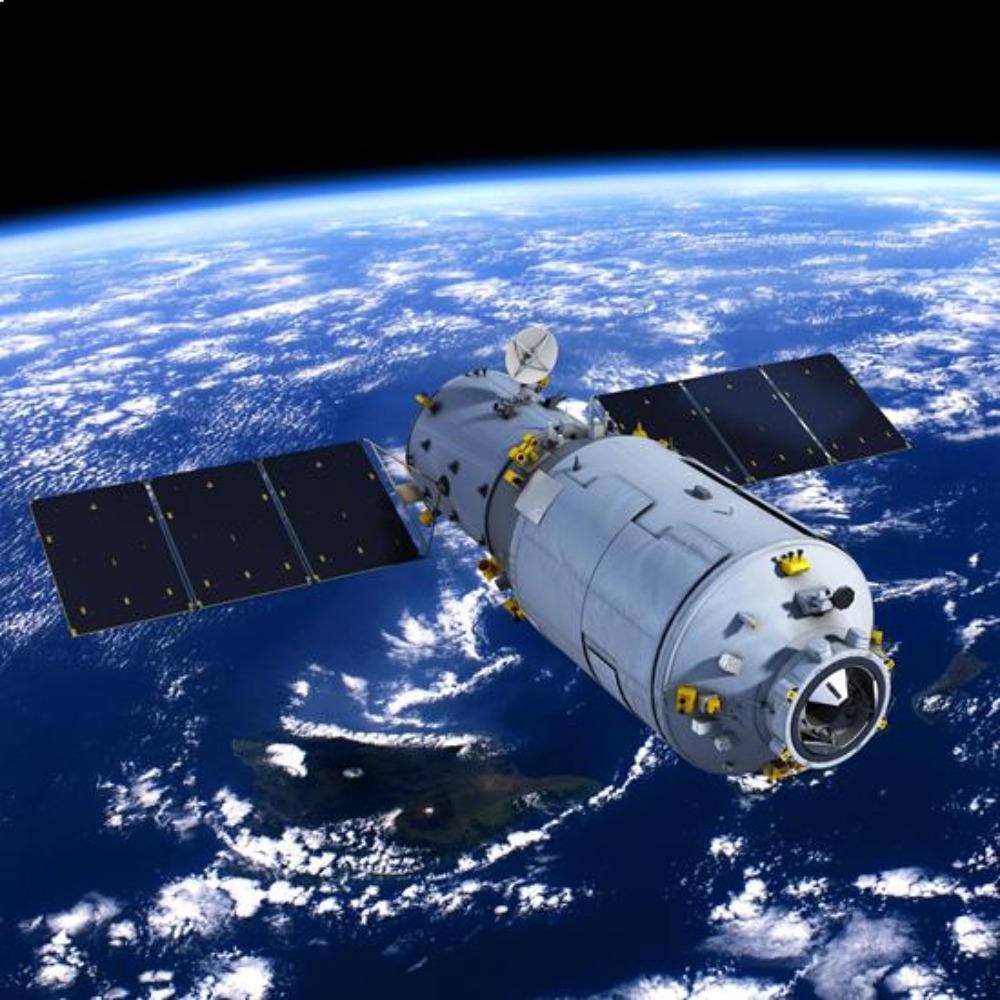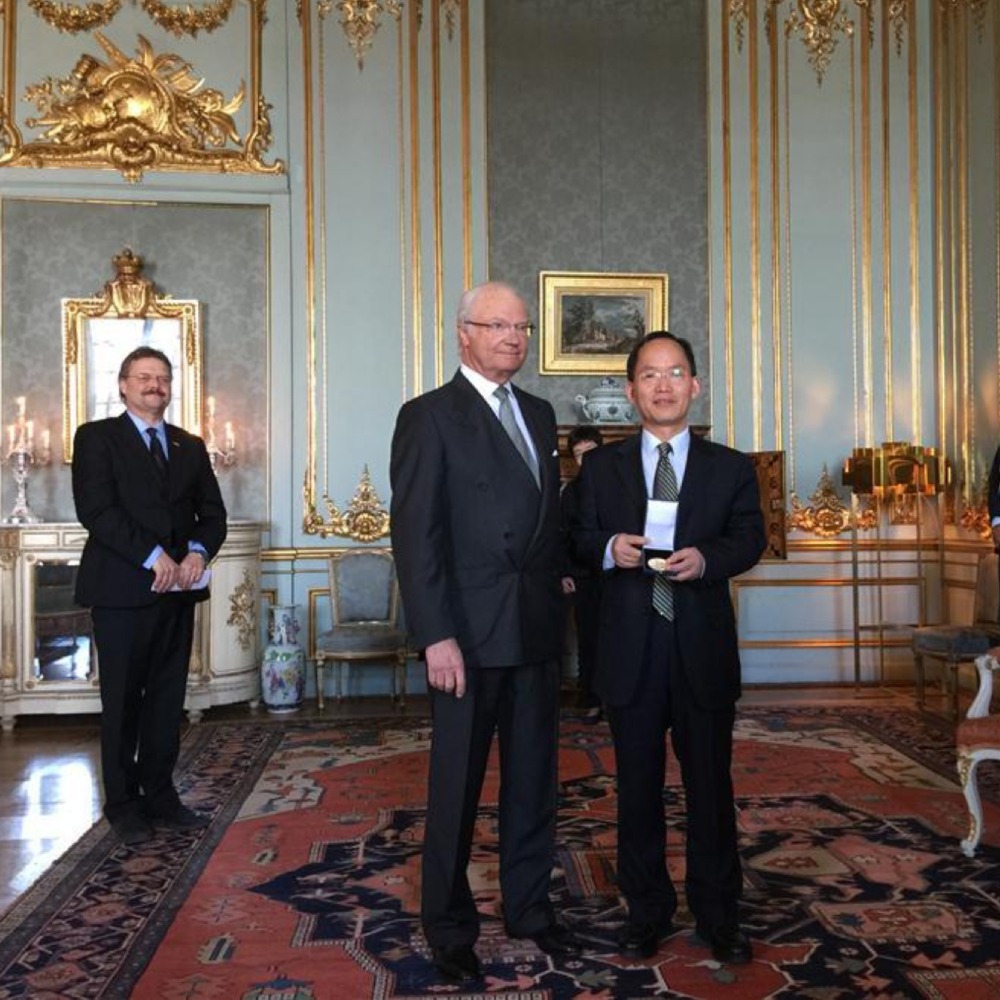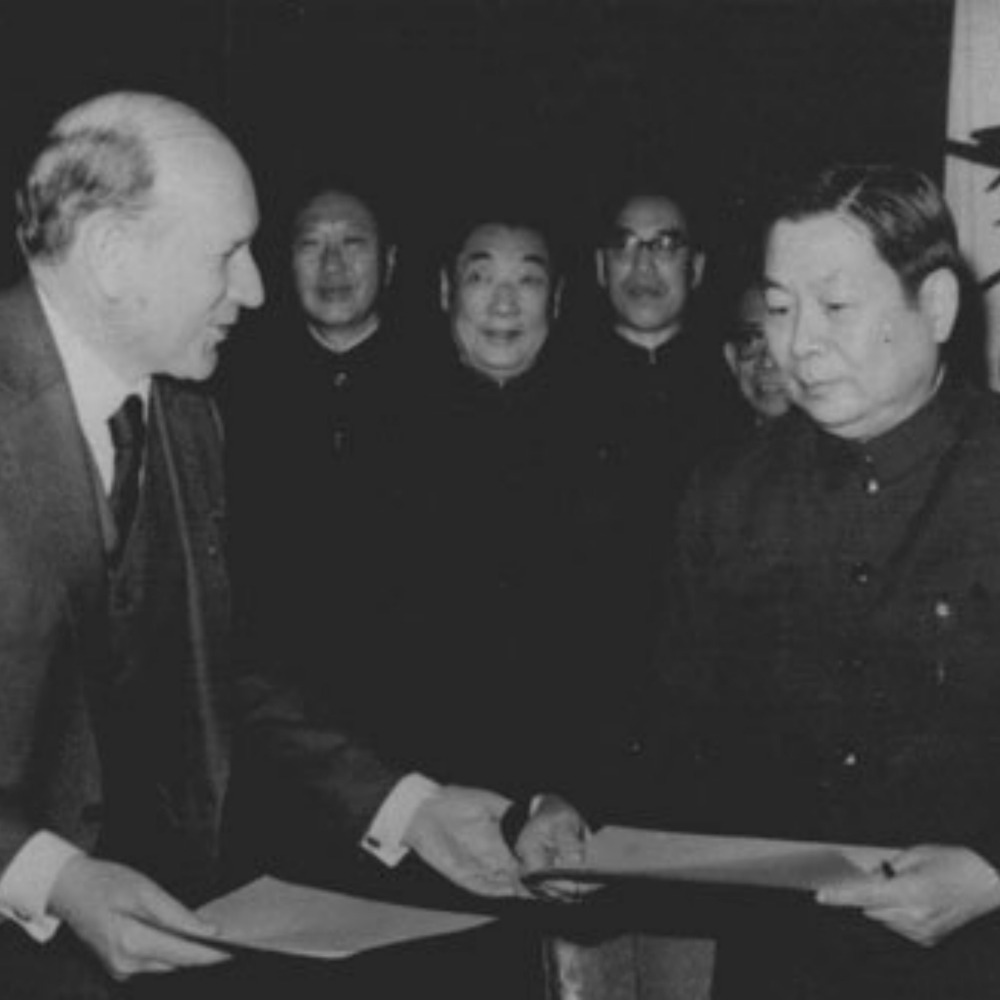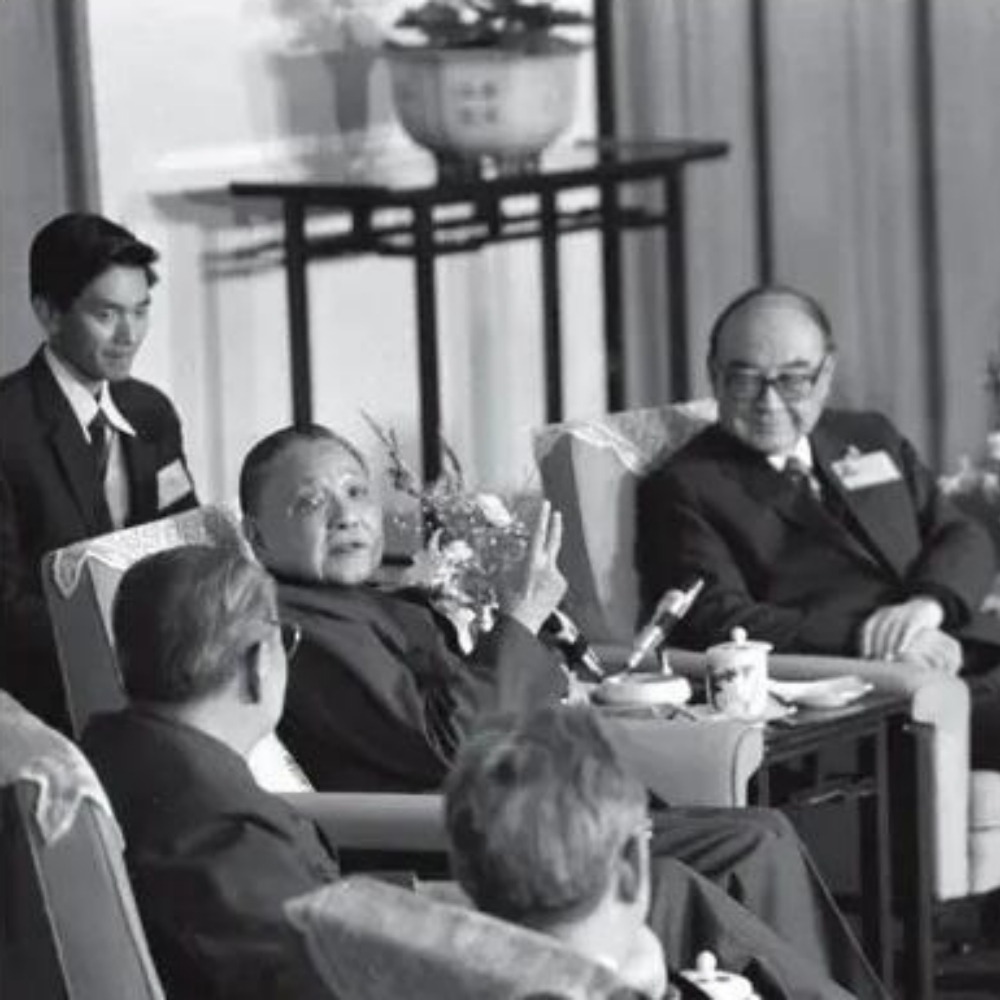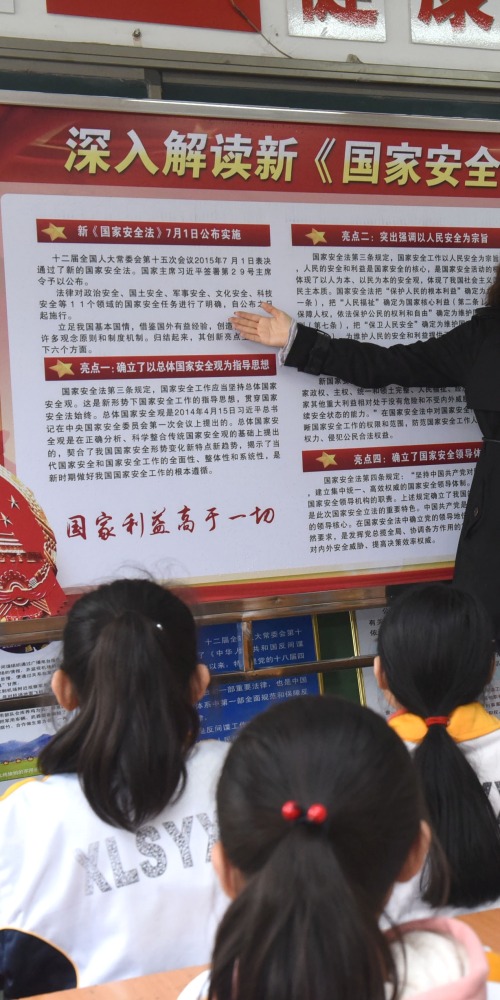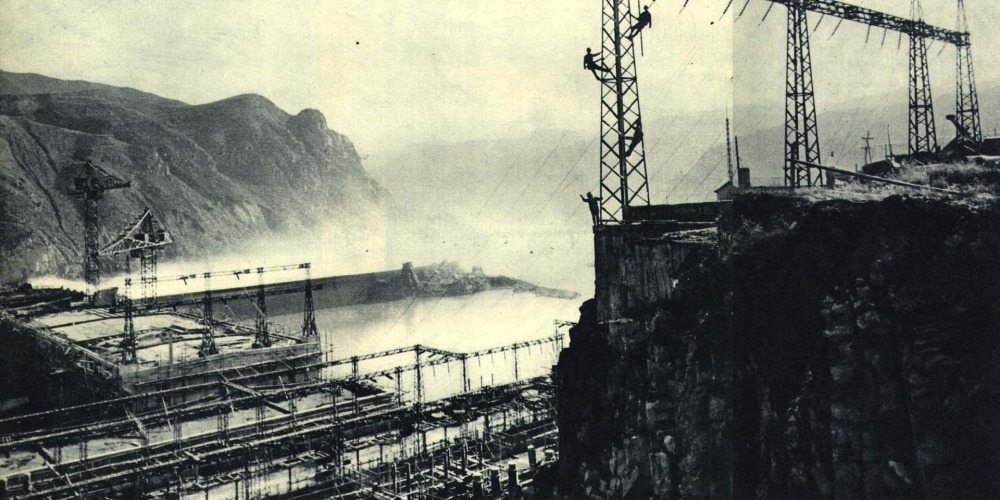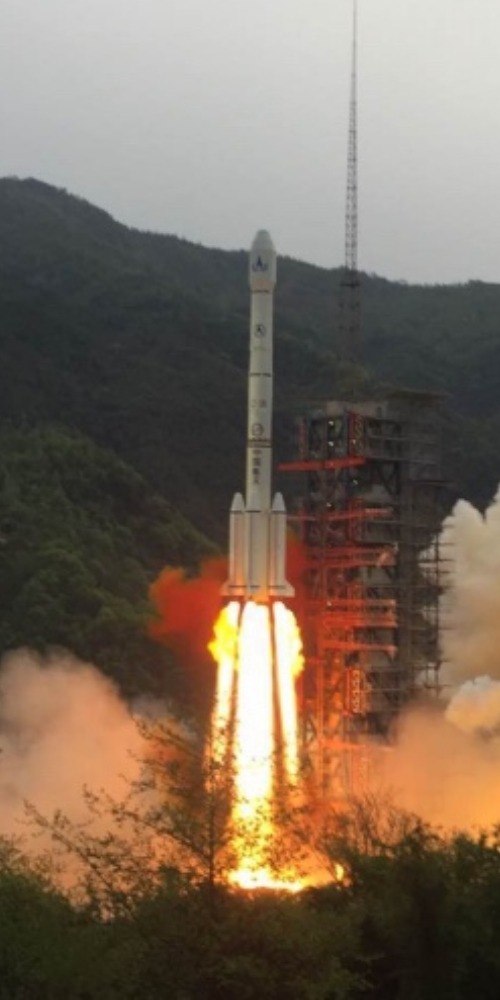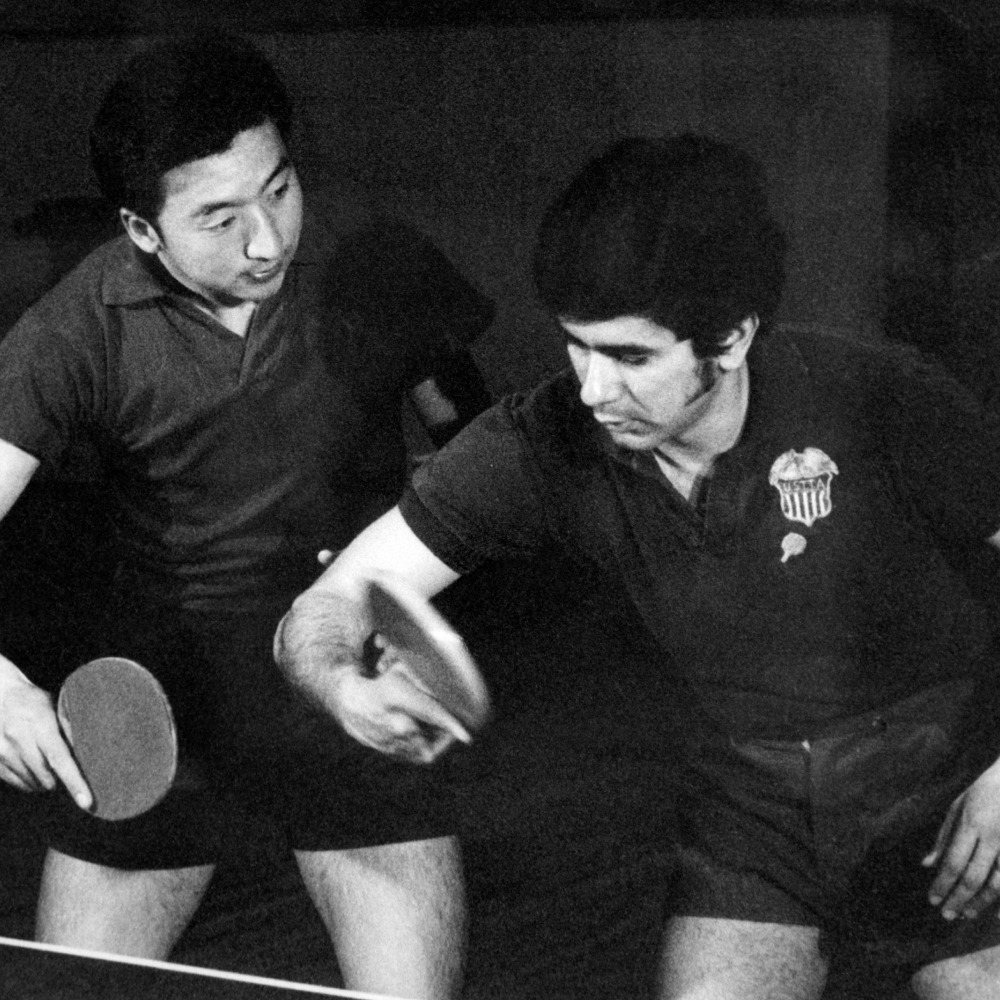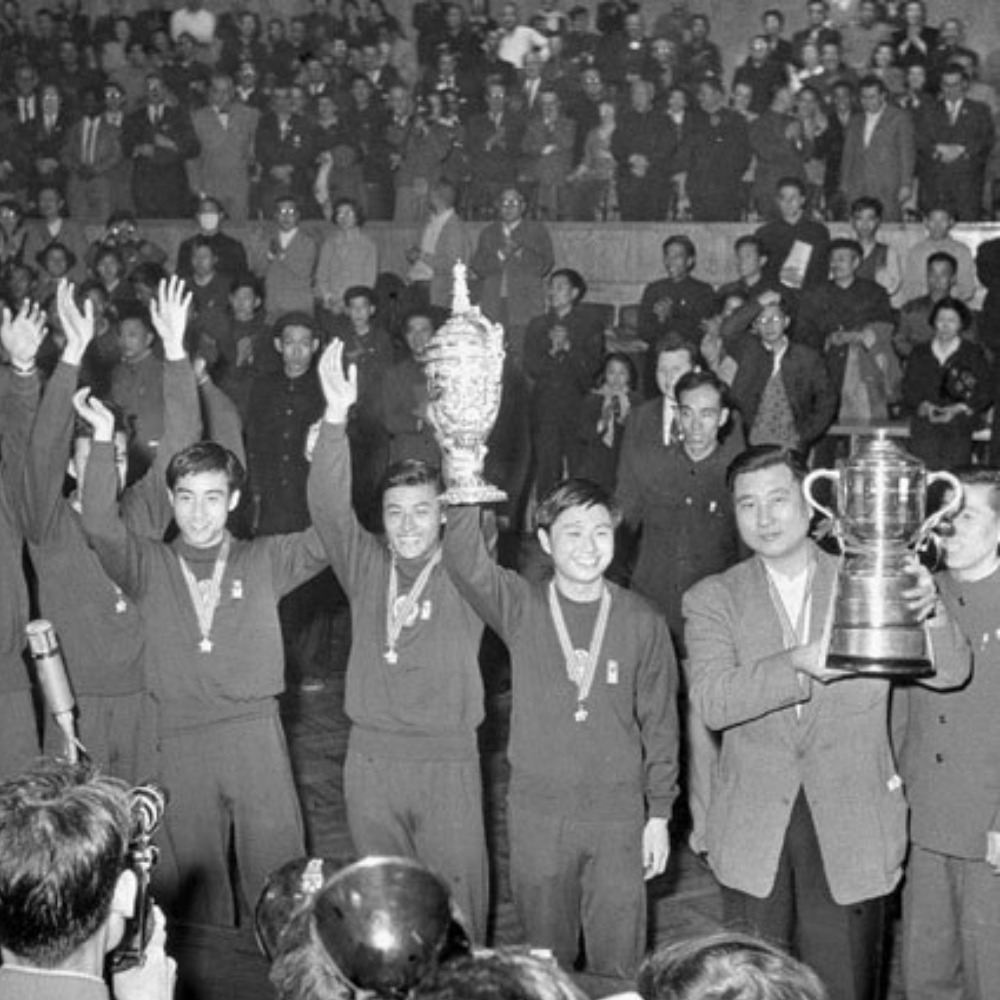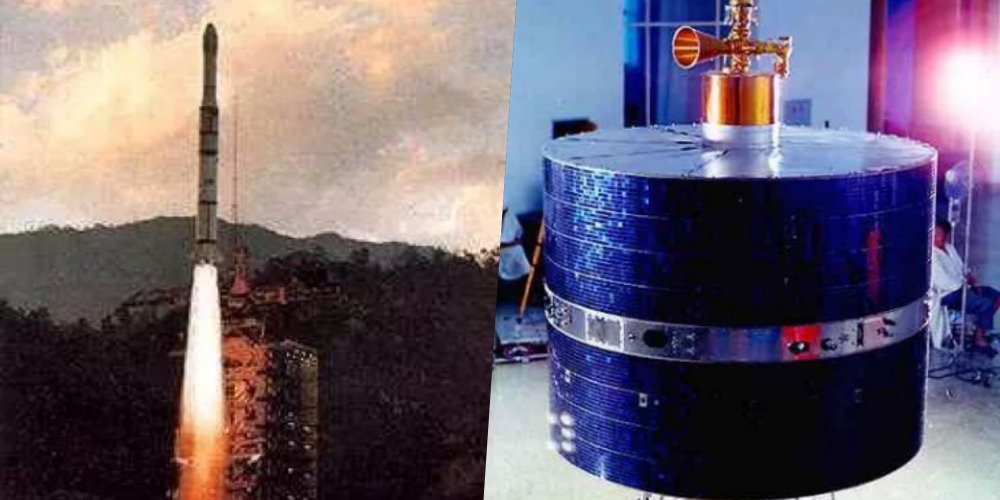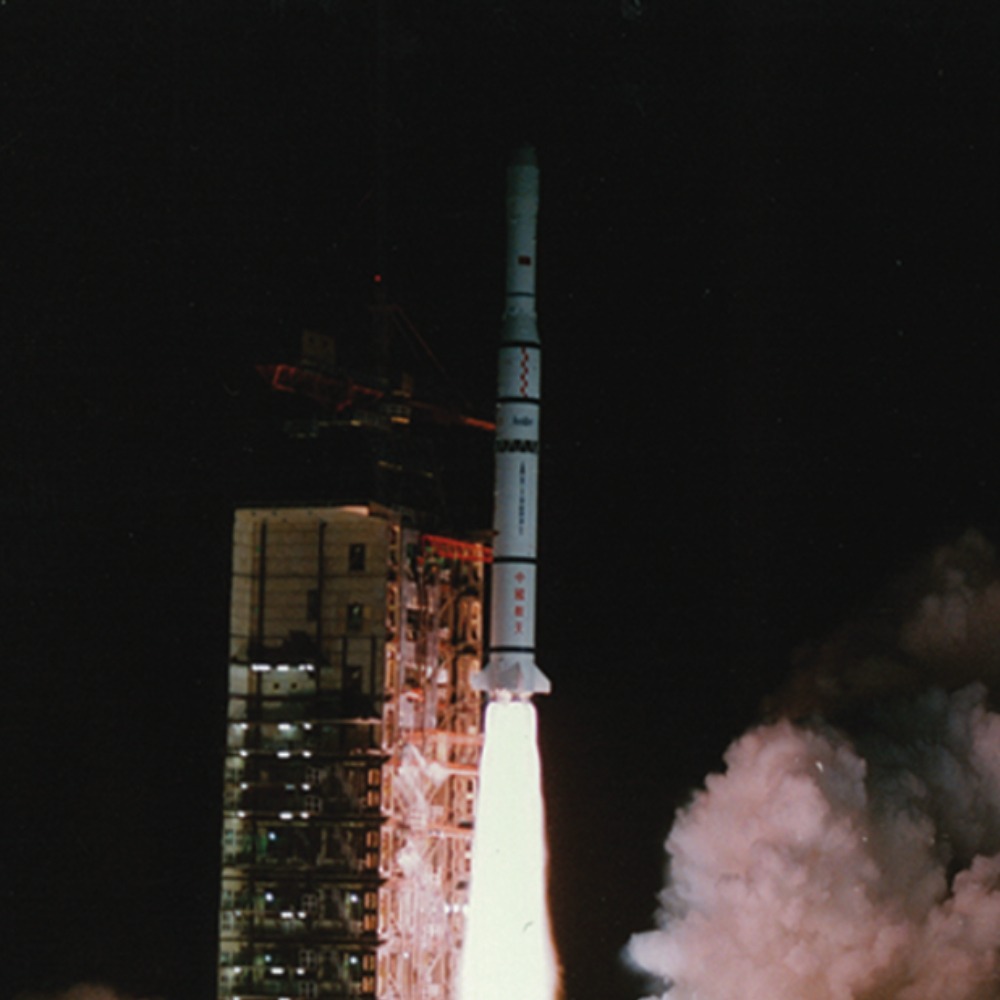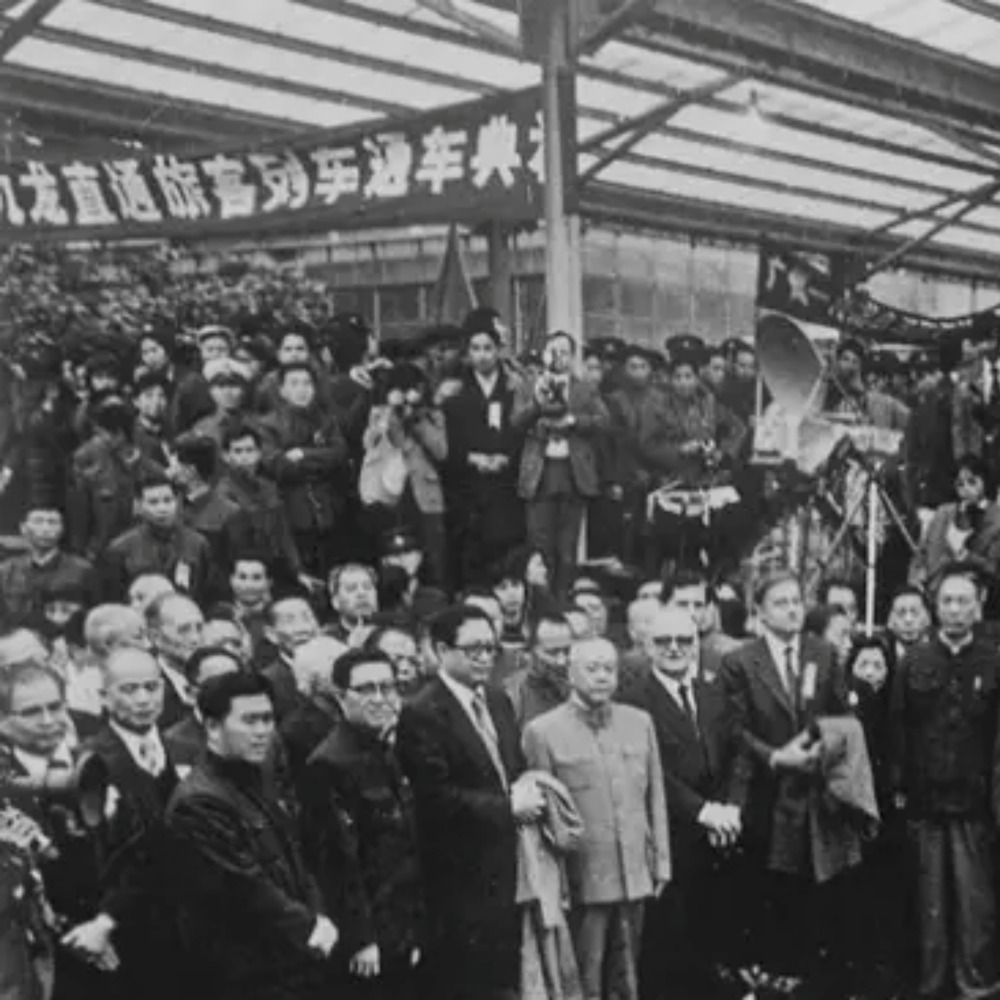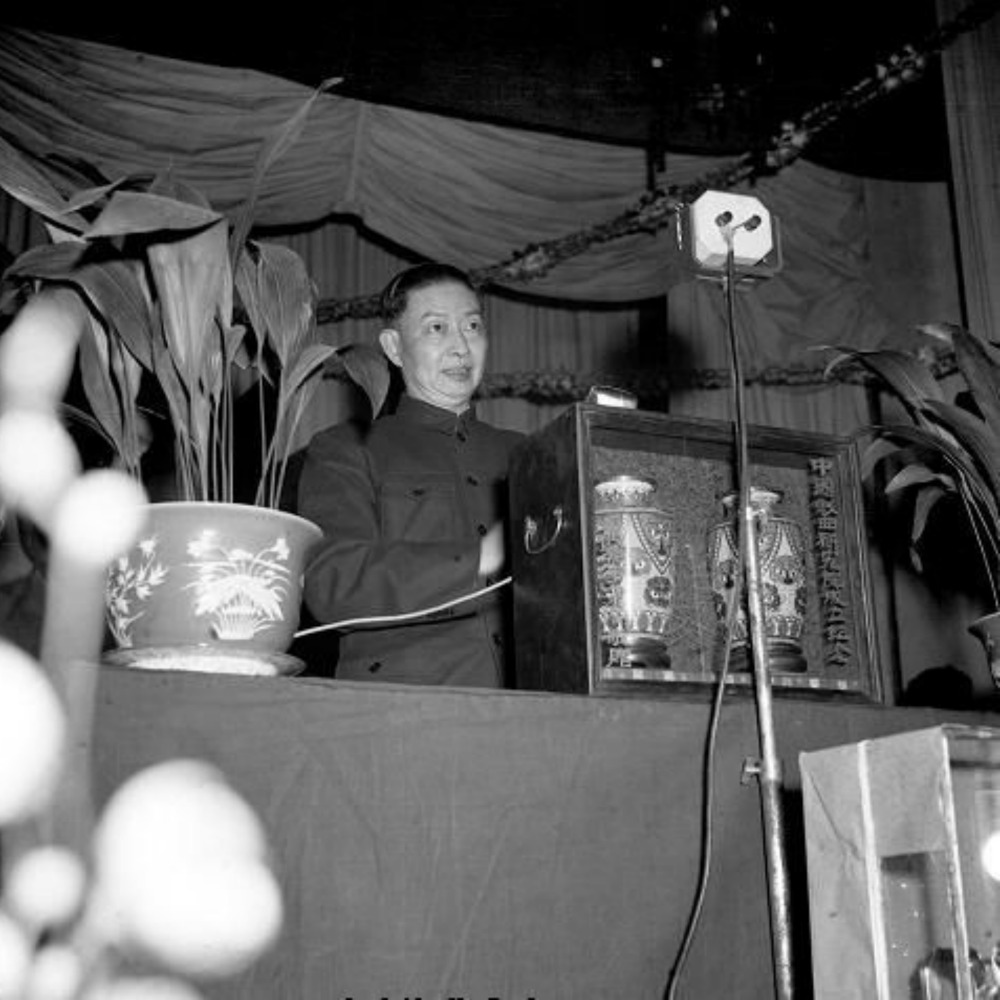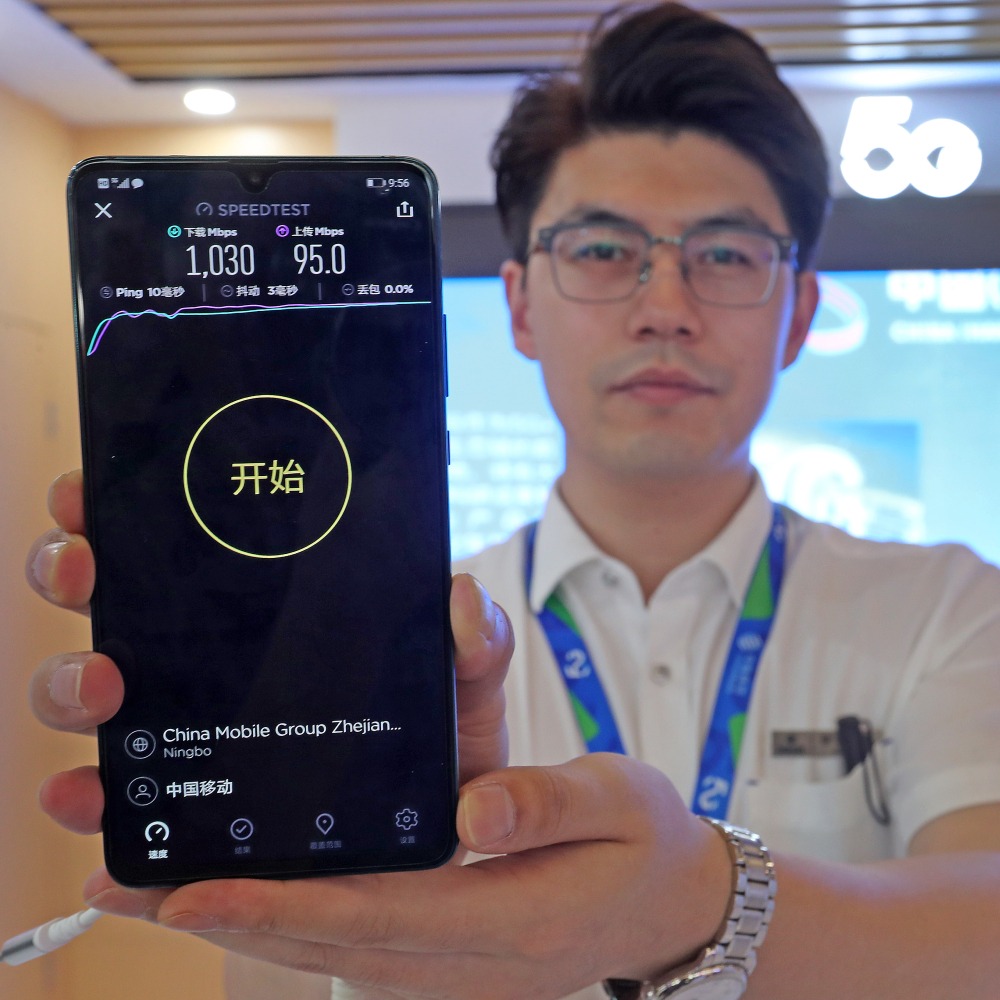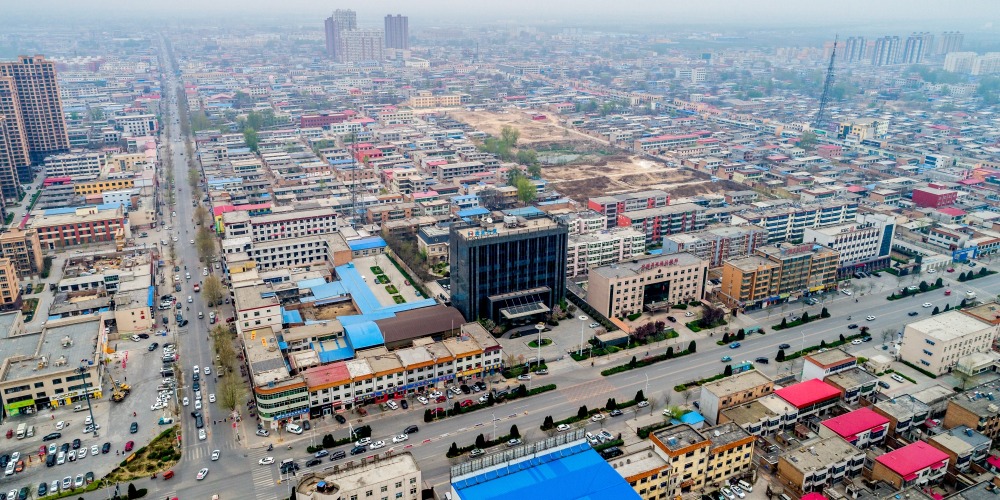Published : 2024-06-19
On 19 June 1997, the "Yinhe-3" (銀河-Ⅲ) supercomputer developed by the National University of Defense Technology (NUDST) was nationally certified in Beijing, with a computation speed reaching tens of billions of times per second.
The Yinhe-3 is a new generation of supercomputer successfully developed by China following Yinhe-1 and Yinhe-2.
Before the Reform and Opening-up, China had no high-performance computers, and data from oil and mineral exploration had to be sent overseas by air for processing.
Even though China was willing to spend a fortune to import a supercomputer, it had to face harsh conditions imposed by the seller.
Deng Xiaoping proposed in 1978 that "China must promote 'four modernisations', and cannot do without supercomputers".
The Yinhe-1 project was launched in the same year. In December 1983, the Yinhe-1, capable of performing more than 100 million operations per second, was successfully developed.
The comprehensive technology of Yinhe-3 reached the international advanced level at that time, and China has since made a breakthrough and mastered the key technology of higher-class computers, and possessed the ability to develop higher-performance supercomputers.
The birth of Yinhe-3 marks a new breakthrough in the development technology of high-performance supercomputers in China.

